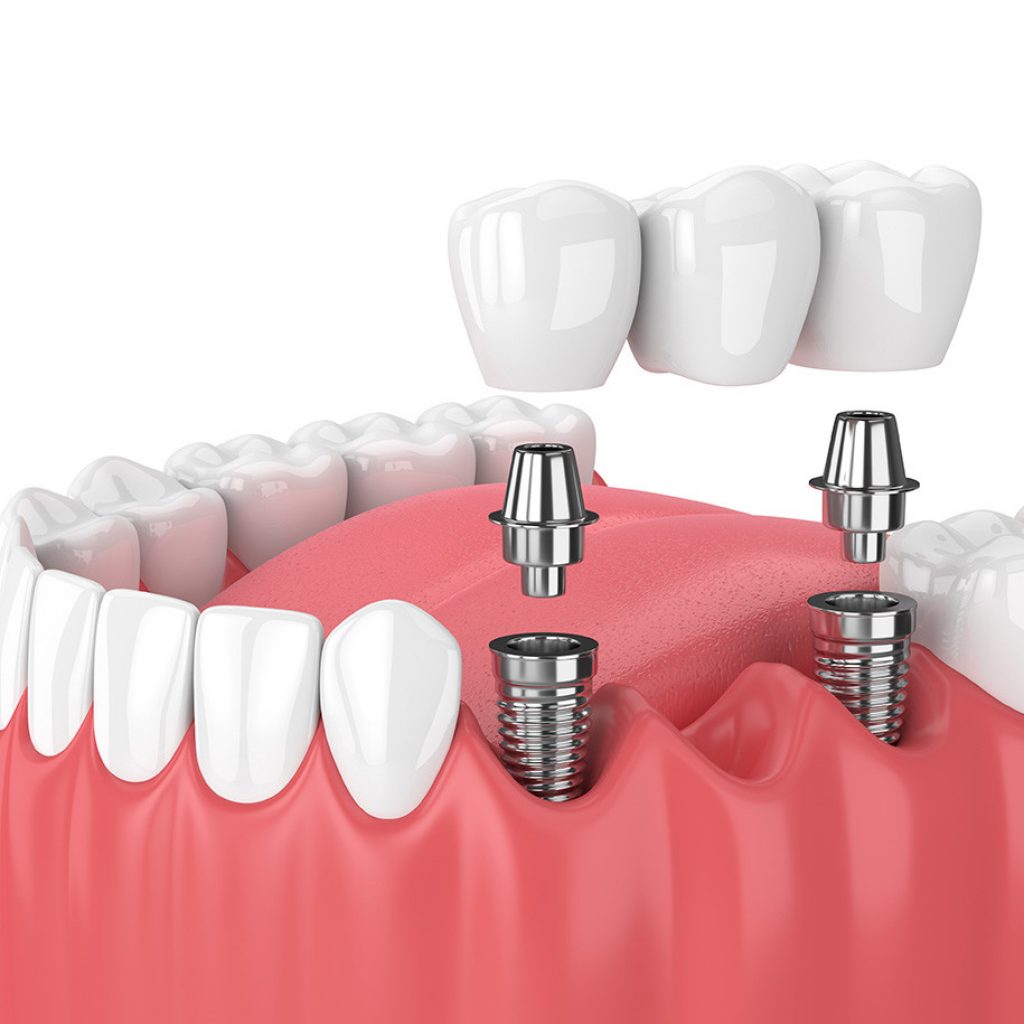
The two types of dental implant procedures:
Endosteal implants are the most customary type. Your dentist will set them using a two stage procedure. These dental implants presume the shape of a little screw and are made of titanium. Surgery is required to perform the implant since it involves drilling a hole to fit the screw into the jawbone. The next step is to insert a temporary tooth over the dental implant during the recovery process to help you maintain that gorgeous smile you desire. .
During the next few weeks or months, while your mouth is given time to heal, you’ll have a couple periodic dental checkups.In addition to the healing process being complete, you’ll undergo a second very minor procedure. This one attaches the dental implant abutment and a permanent crown. However, this type of implant is used for patients who can receive a bone grafting procedure or those with healthy jawbones. That’s because in-jaw implants need enough healthy jawbone structure to support successful fusing.
Compared to endosteal dental implants, a subperiosteal dental implant uses a metal substructure instead of an implanted screw. They are simply placed on top of the bone beneath the gum instead of screwing directly into the jaw. Also, instead of placing the dental implant below the gums where it is barely visible, it is placed on top in order to hold the crown. In a perfect world, this option is for patients who don’t want a jaw grafting procedure or don’t have a healthy jawbone. In addition, subperiosteal implants are placed during a single-stage procedure.
We all want an amazing smile, right?
Accordingly , we encourage you to consider dental implants to replace lost adult teeth. Both of the implant types above are viable options. Note that, although the majority of patients will be best suited for the endosteal implant, subperiosteal implants might offer exceptional results for others. Most importantly, make sure to talk to your dentist. Their advice will guide you to the right choice for your mouth and lifestyle.
